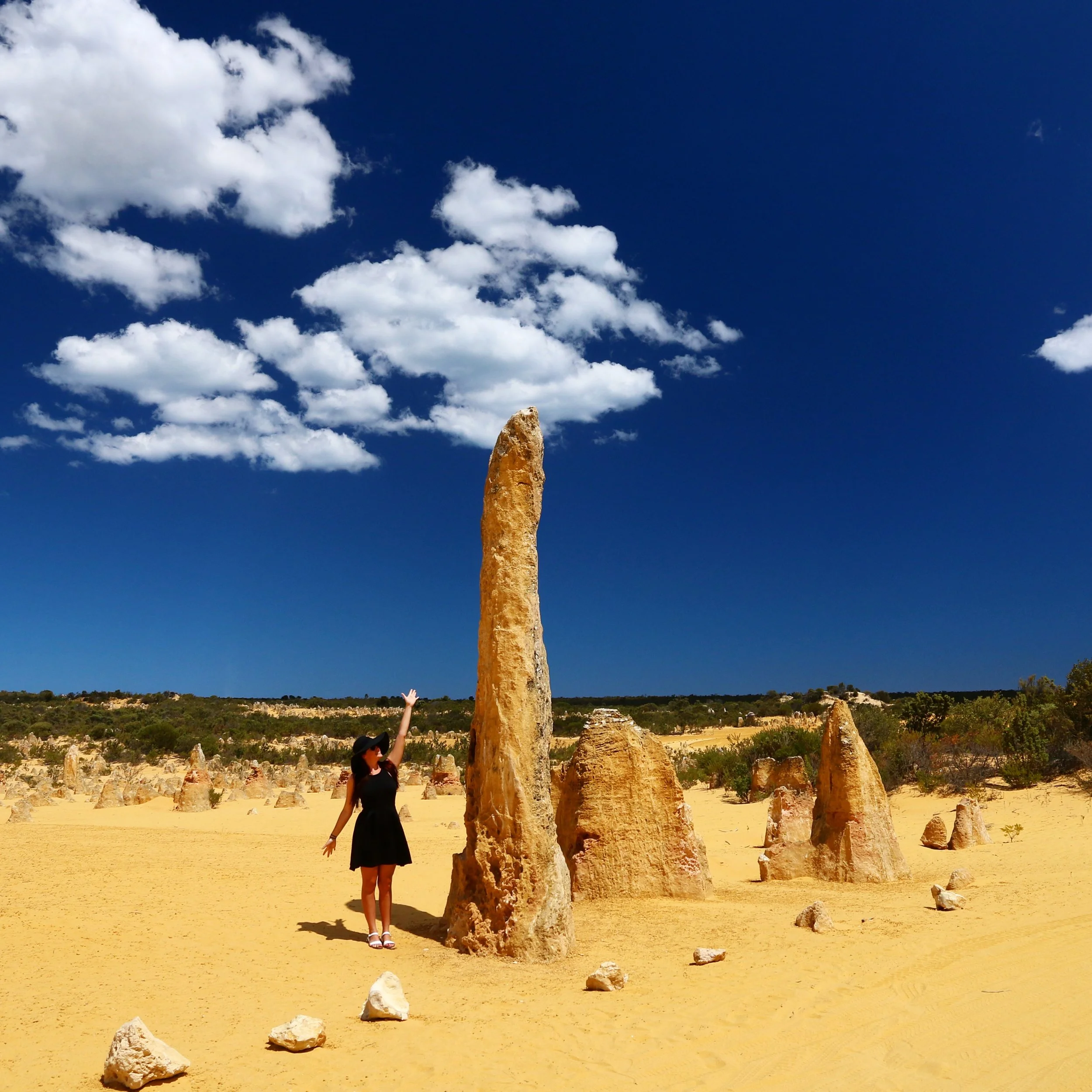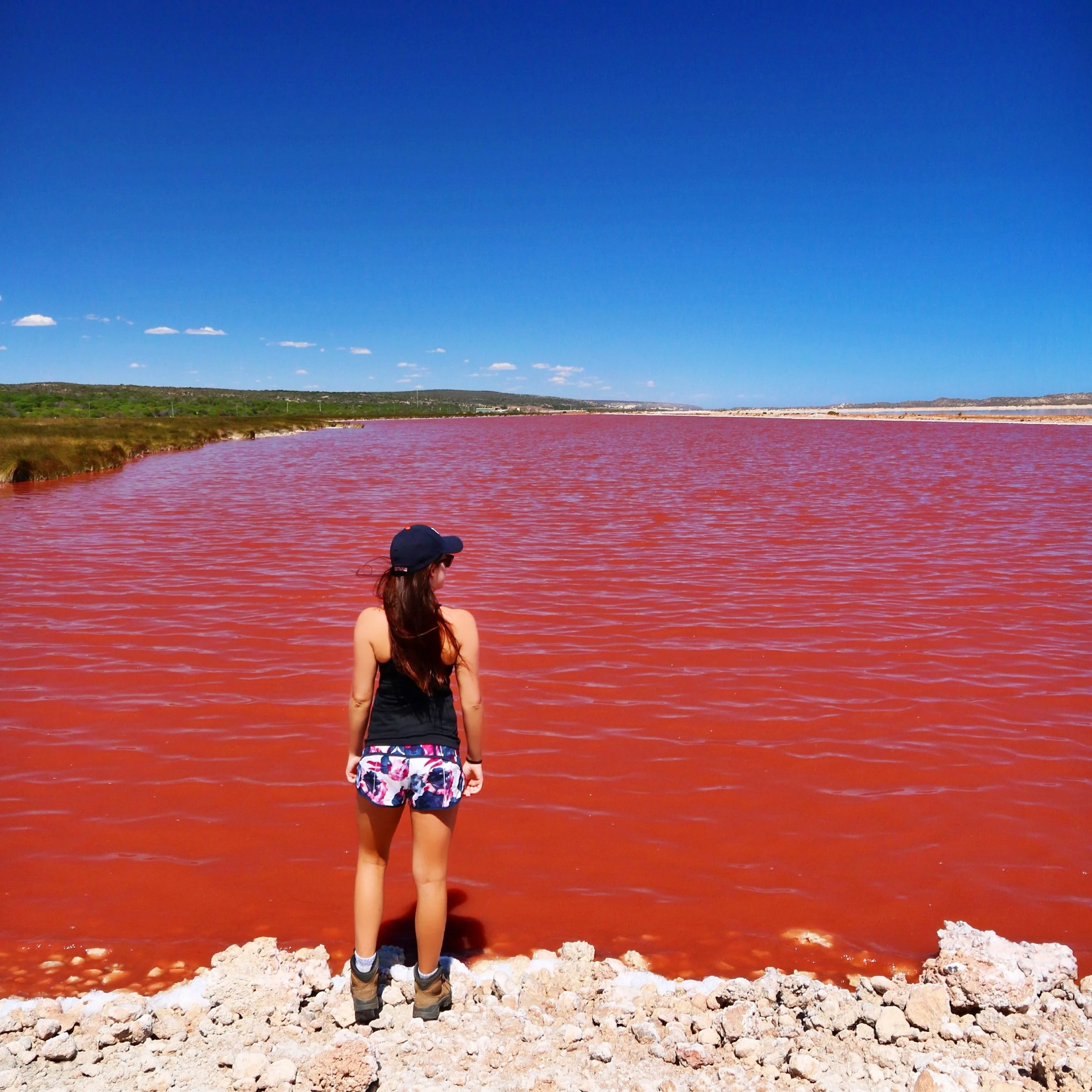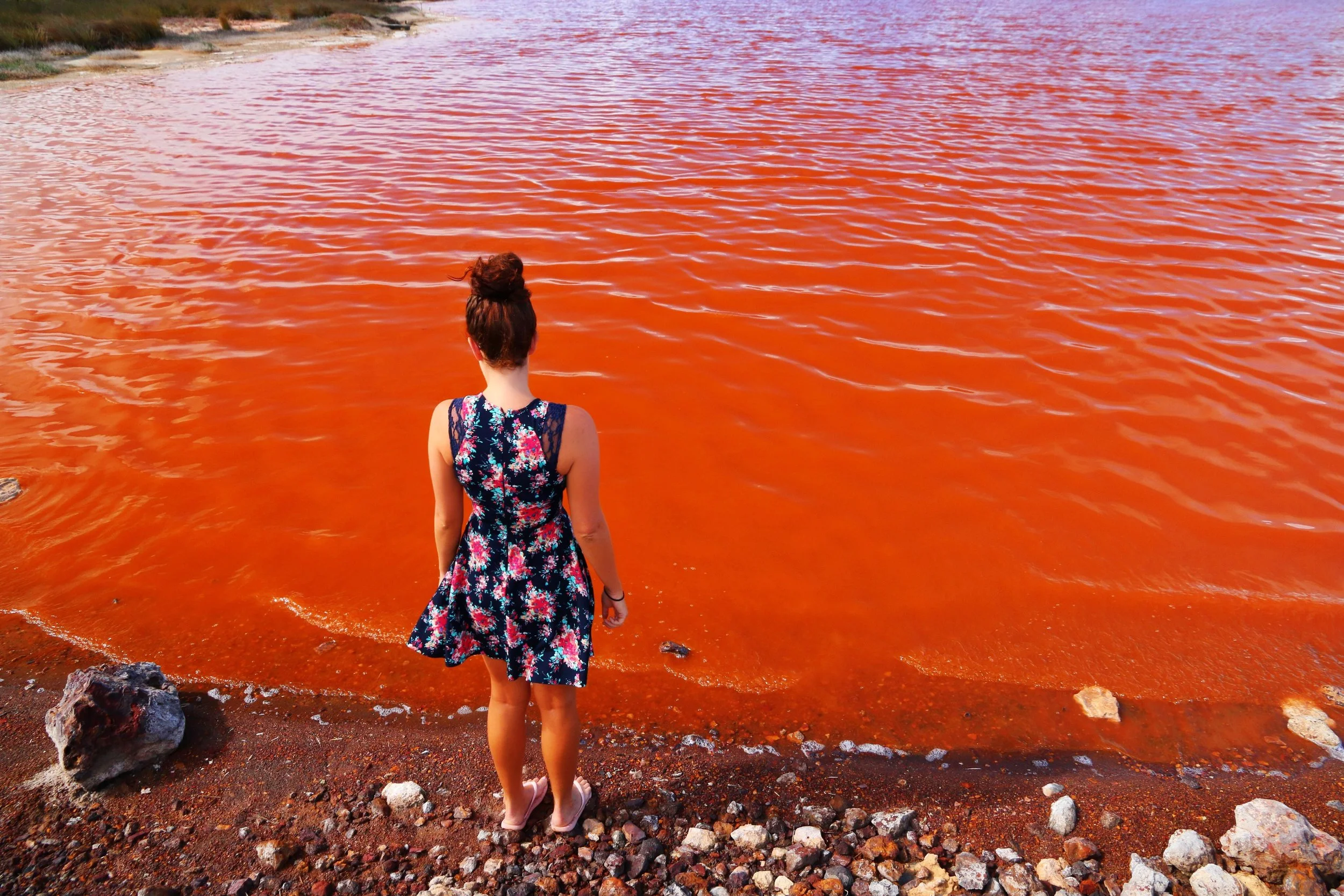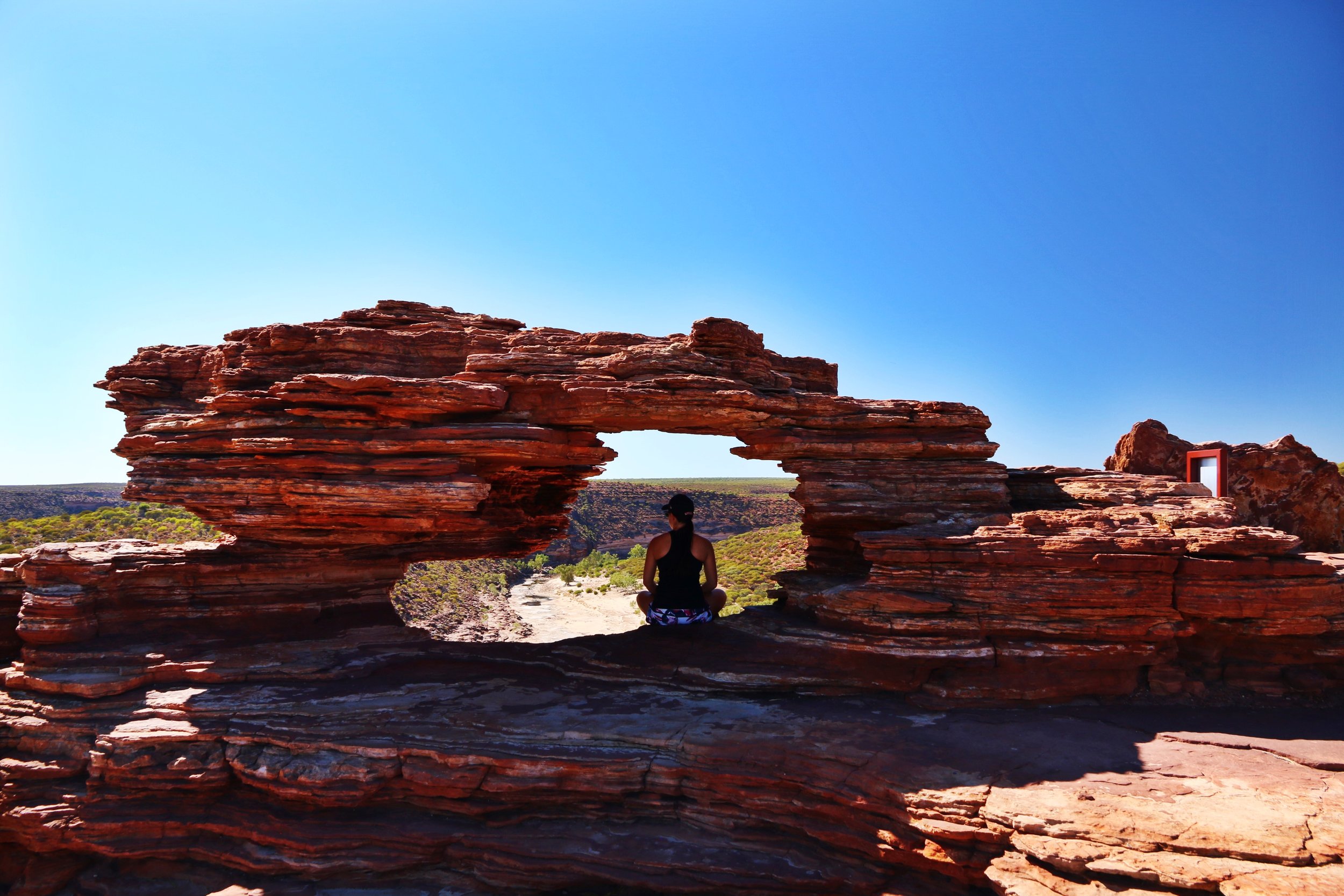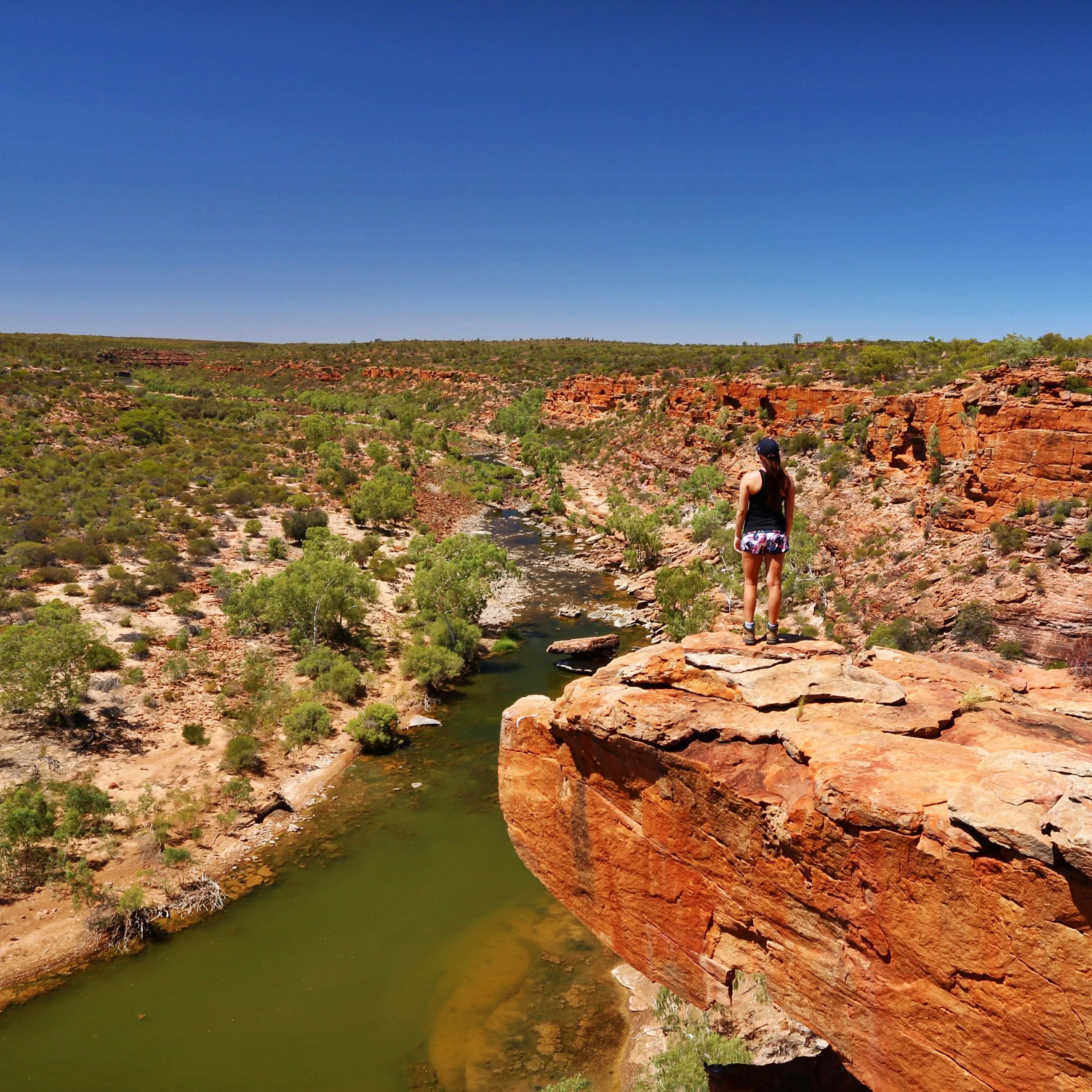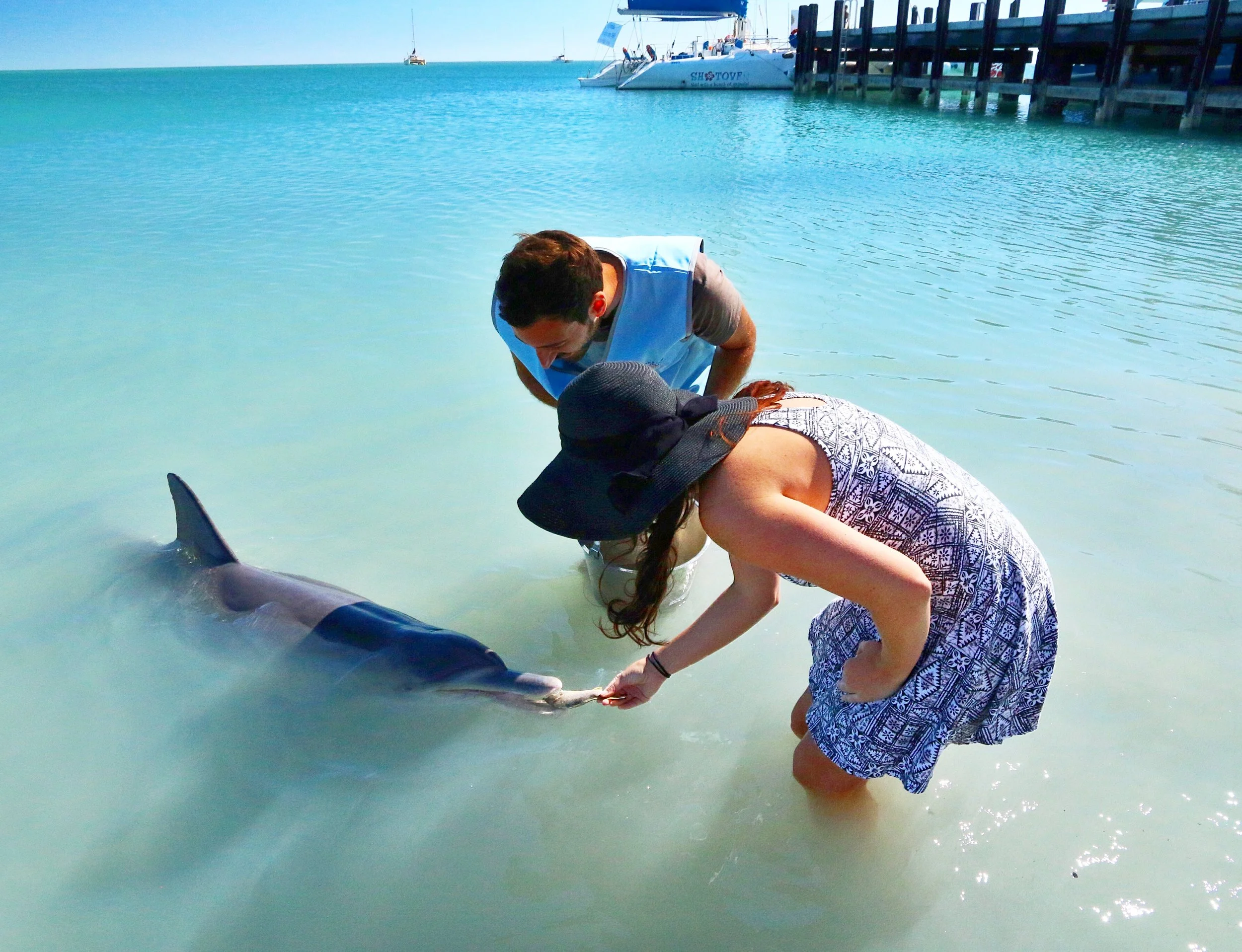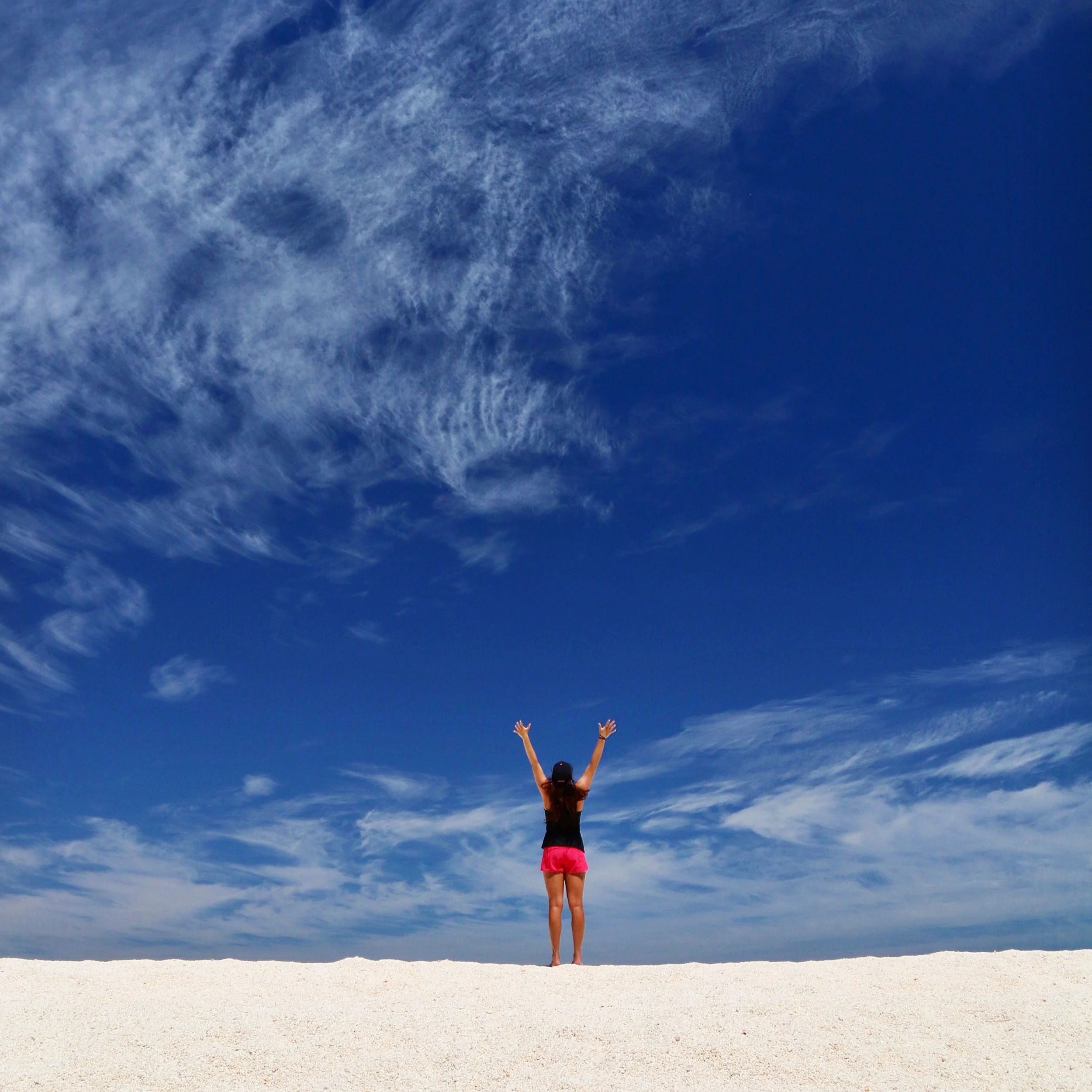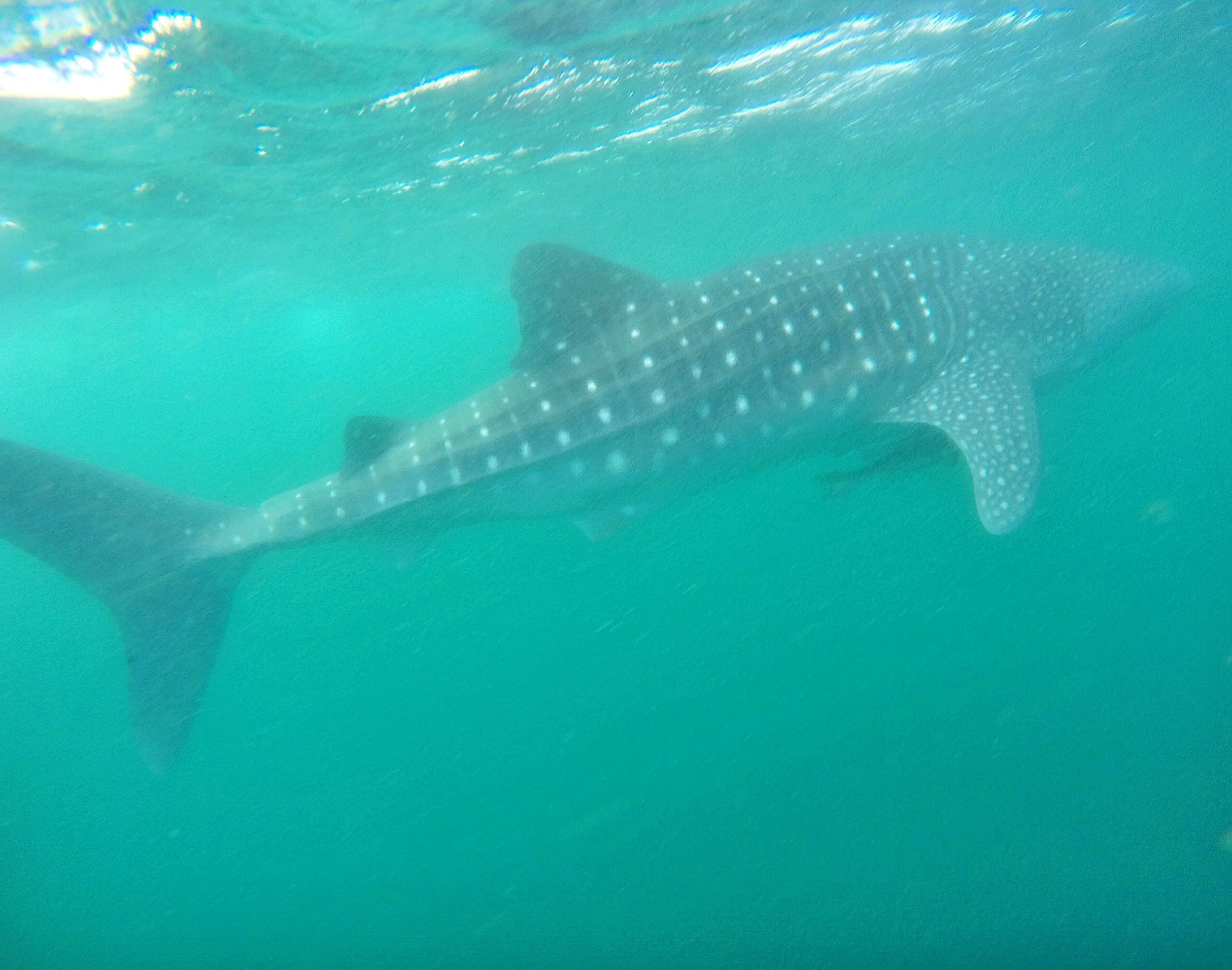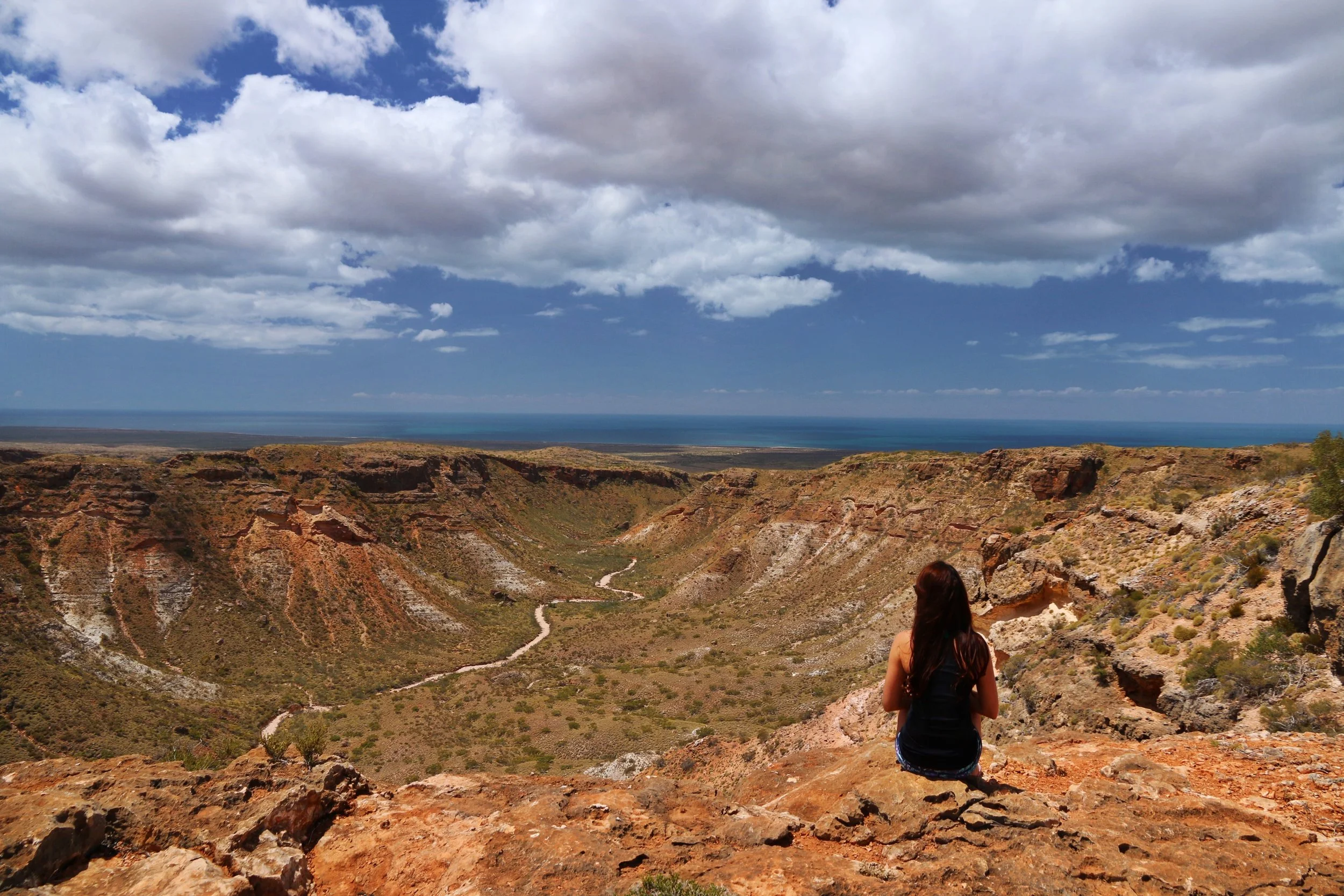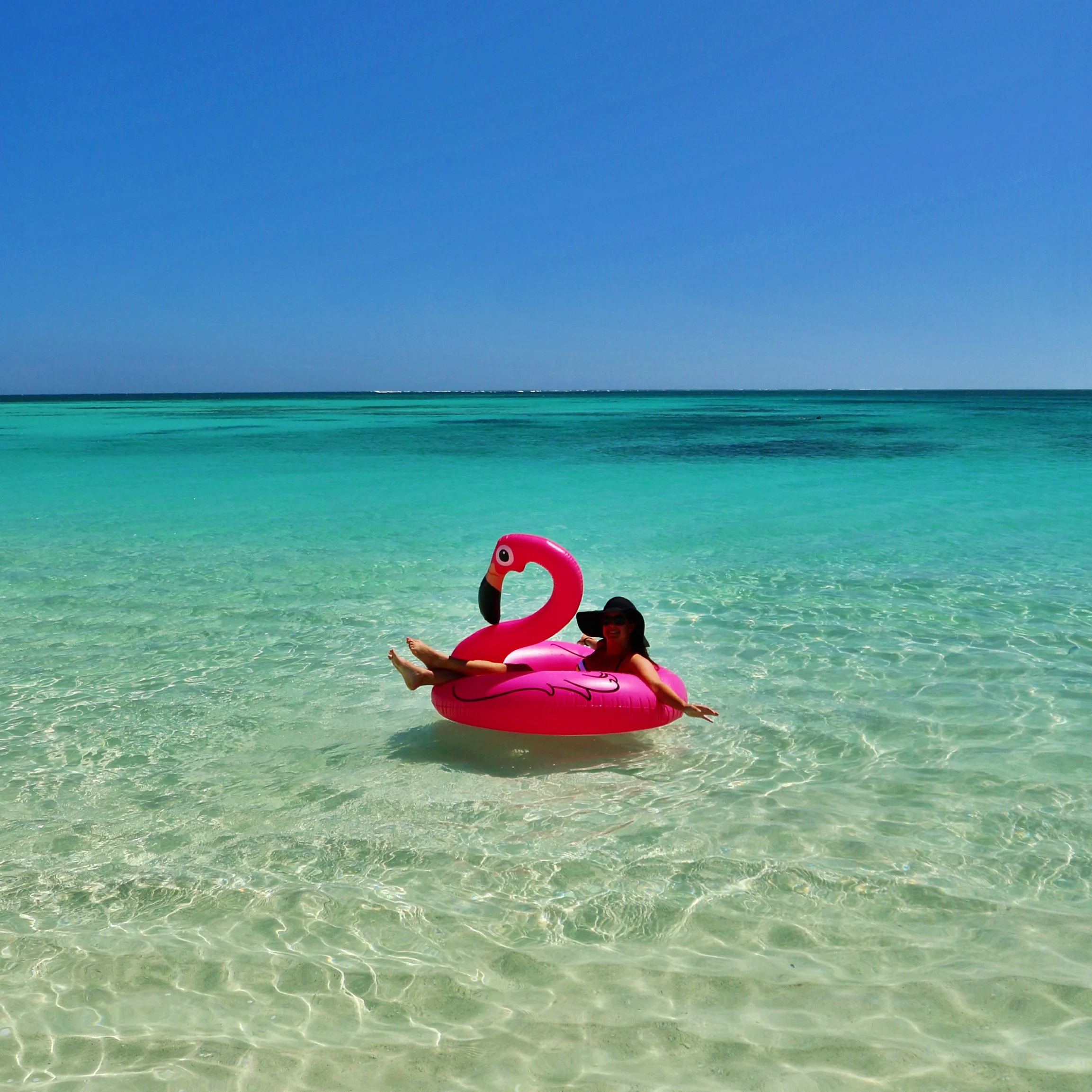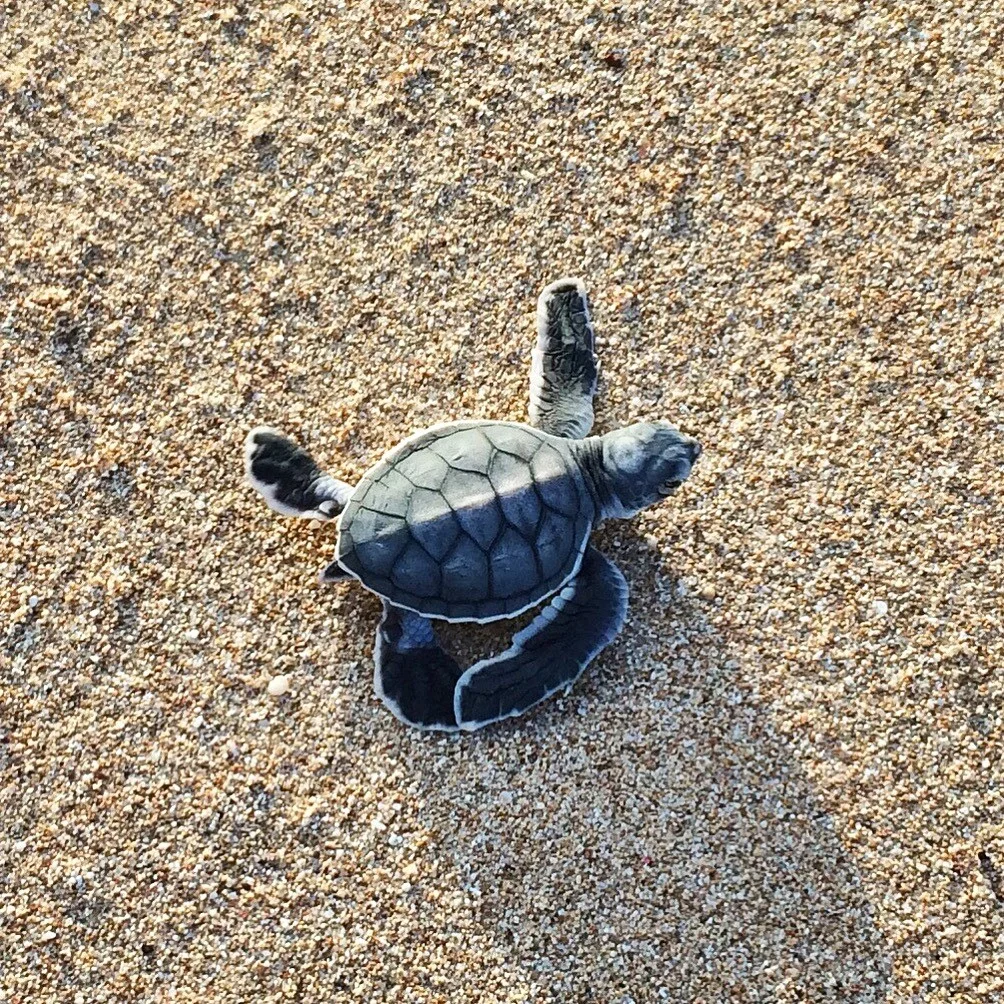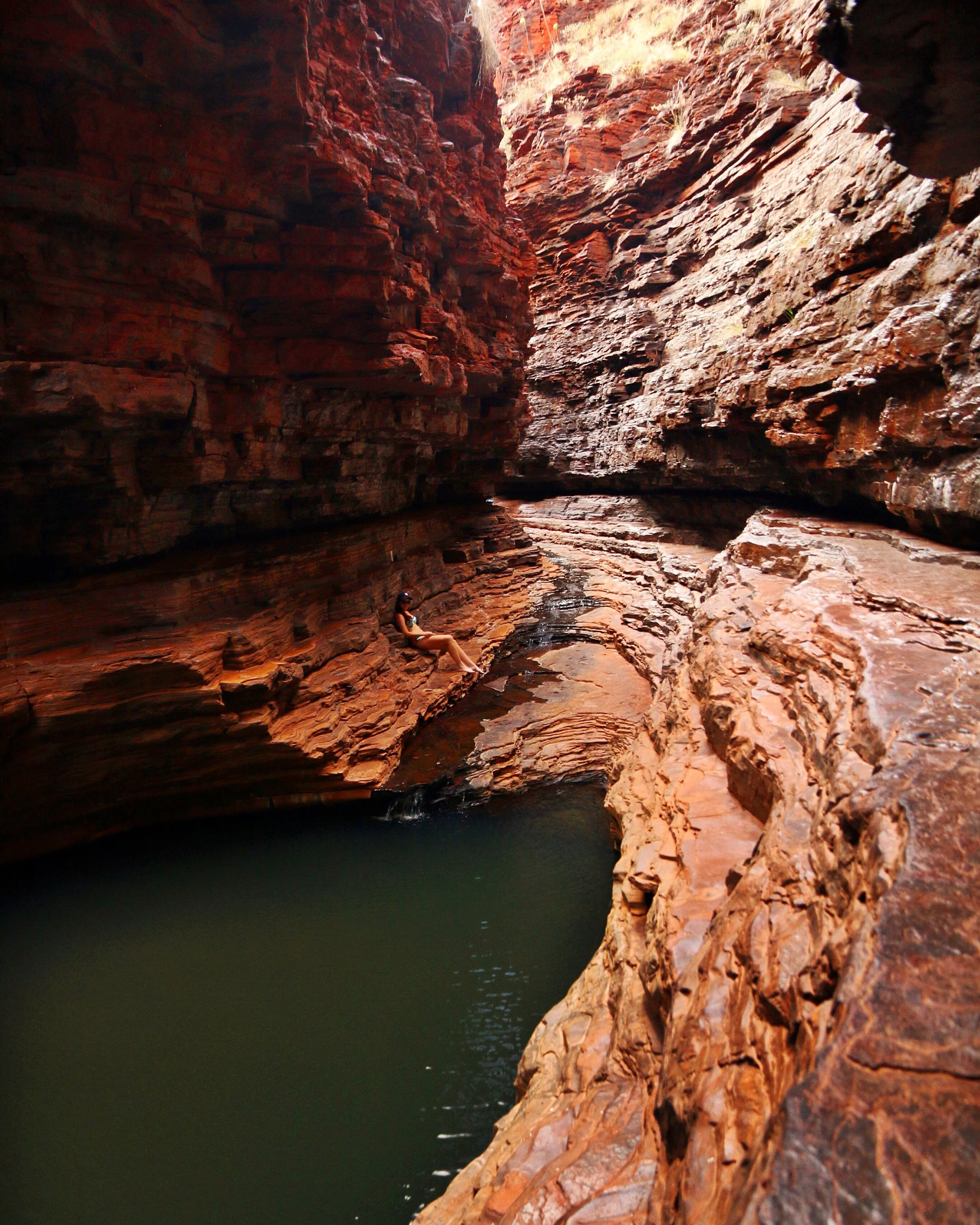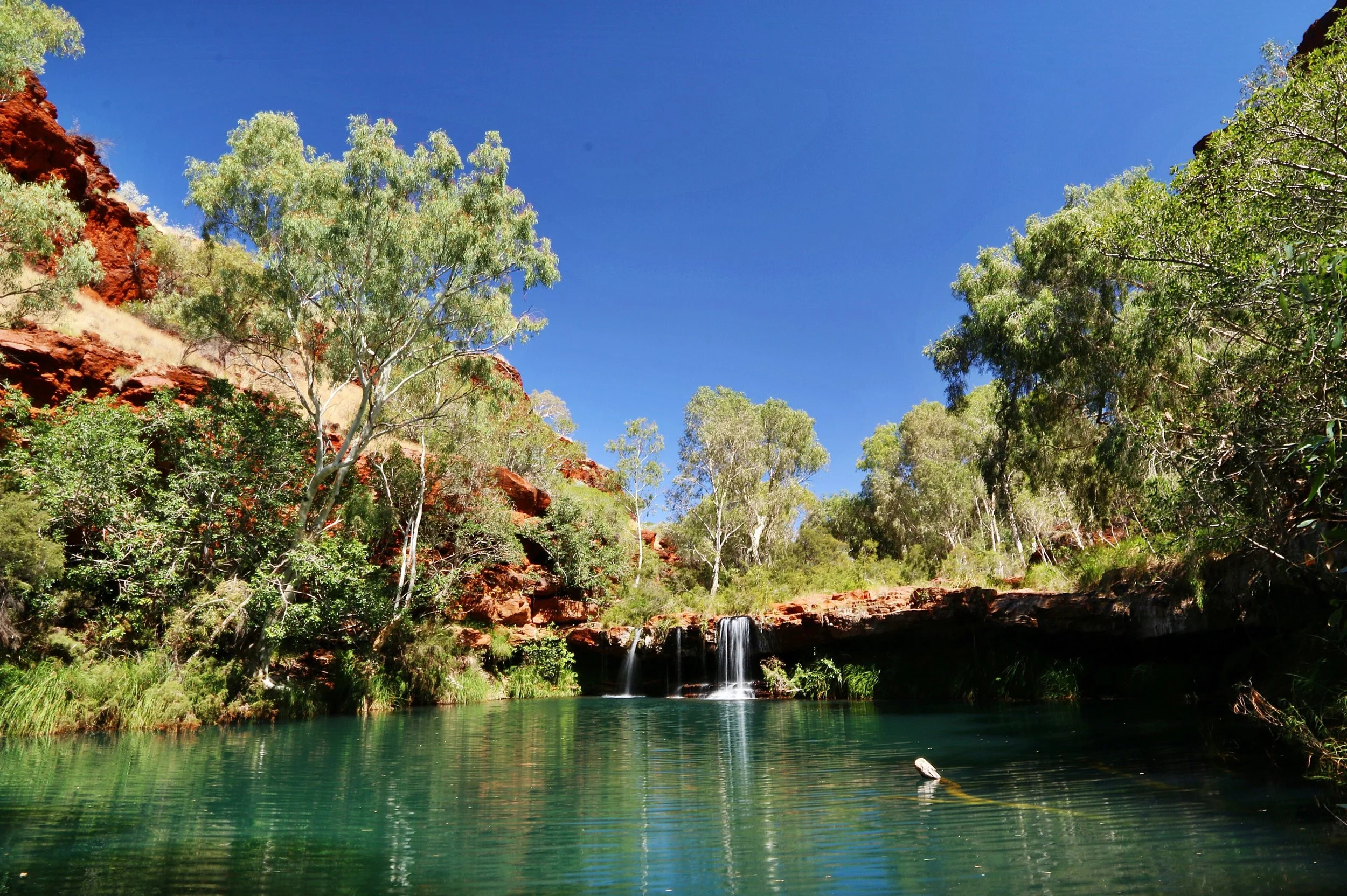Western Australia – The Ultimate 20 Day Road Trip Itinerary
Australia’s North West region is as vast as it is interesting, with deep gorges, pristine beaches, unbeatable snorkeling, an abundance of wildlife and a pink lake it’s easy to spend weeks discovering all that Western Australia has to offer. If you are thinking of visiting Western Australia I have put together the perfect 20-day itinerary so you can maximize your time while discovering all the hidden gems you may not know about. Firstly, I would like to kick off with some facts and things you must know before heading out on a road trip in Australia.
Important Must Read
Always carry supplies. Australia only has a population of 23 million people and is almost the same size as the United States. This means that there is a lot of places with nothing for miles, that includes food, water, gas (petrol) stations, and accommodation. You will therefore need to plan accordingly, ALWAYS carry water and food with you in your car, you never know when you might break down (I rescued 6 people this year who’s cars had overheated, only a few had supplies). Always fill up with gas (petrol) when you see a station, even if you have half a tank, you don’t know when the next one will be.
Watch out for the wildlife. The Wildlife in Australia can be quite unpredictable, on this road trip you will encounter, Kangaroos, Emu’s, Goats, Cows and the odd Camel. You need to be cautious when driving and if you can avoid driving at sunrise, sunset and night time as this is when the animals are more active and harder to spot.
Cell service (mobile phone coverage). The only coverage you will get in the outback is with the main country carrier Telstra, I recommend getting a Sim Card as you never know when you might need to call for help. They are not expensive and prepaid plans are very reasonable.
Road side assistance. If you are planning to buy a car for this road trip, remember to join the RAC (https://rac.com.au/) they will assist in a breakdown and cover a huge amount of the towing costs. Alternatively if you are planning to rent a car make sure you check their policy a lot do not let you take the car out of the metropolitan area.
Now that you are prepared for your road trip let’s get into the itinerary.
Day 1 to 3: Perth to Kalbarri (517km, 6 Hours)
Day 1: Nambung National Park & Pink Lake
The drive from Perth to Kalbarri is an easy one and quite scenic, you will see the landscape change from commercial to residential and finally to farm land and bush. Be sure to stop at the Nambung National Park which is home to “The Pinnacles”, the park is located near the town of Cervantes and is well sign posted. There are three theories as to how the Pinnacles were formed but no one knows for sure.
Just before you arrive in Kalbarri you will pass Hutt Lagoon which is must see in the region. Also known as Pink Lake, about 450 hectares is used to cultivate algae from which Beta-Carotene is extracted. Beta-Carotene is used as a natural dye in food, it is also a rich source of Vitamin A and the reason the lake changes color. I have visited this lake on three occasions to find it three different colors, see for yourself.
Day 2: Kalbarri National Park
The Kalbarri National Park offers a diverse range of natural landscapes for visitors to enjoy including, Nature’s Window (a natural rock arch that frames the river perfectly), Z-Bend (a breathtaking view of the park looking down a gorge that plunges to the river below), Hawk’s Head (the name says it all, it’s a rock formation that looks like a hawk’s head), and Ross Graham Lookout (this trail will take you to the tranquil rivers edge, and if you’re lucky past some lazing kangaroos).
Day 3: Kalbarri National Park Continued
Your second day in Kalbarri will be spent exploring the National Park Cost line including, the Coastal Cliffs (which extend 13km south of town), Red Bluff (which offers panoramic ocean views and a great spot for spotting marine creatures), Mushroom Rock Walk Trail (varied geological formations that look amazing at sunrise and sunset), Pot Alley (follow a rocky path to the bottom and explore a secret beach), Eagle Gorge (enjoy the look out or walk down into the gorge where you will discover another secret beach devoid of people), Island Rock and Natural Bridge (as the name suggests it’s a Natural Bridge carved by the eroding ocean over time).
Day 4 to 5: Kalbarri to Monkey Mia (390km, 4 Hours)
Next up is Monkey Mia and the main attraction are the bottlenose dolphins who have been living close to shore for fifty years. Here you can see the resident dolphins and if you are lucky enough, hand them a fish during their morning feedings. You can also book a boat tour which will take you to see tiger sharks, dugons and sea turtles. You can choose to stay at the resort which is quite expensive, alternatively you can stay in Denham a town close by.
While you’re in the area be sure to stop at Shell Beach which is made up entirely of cockrill shells, but don't worry they aren't painful to walk on. While you won’t visit this beach for a swim, it tends to be quite shallow and high in salt, you will enjoy walking along the shore line and seeing the millions of shells that make up the beach.
Another great stop on the way is to view the Stromatolites of Shark Bay. The stromatolites may just look like rocks but they are significant because they represent a major stage in the Earth’s evolutionary history. Although they are only 3,000 years old the bacteria inside them is similar to forms found on earth more than 3.5 billion years ago.
Day 6 to 8: Monkey Mia to Coral Bay (569km, 6 Hours)
Leaving Monkey Mia you will head further north to Coral Bay, a small coastal town with limited accommodation so it’s important to book early if you want to visit. That being said Coral Bay lives up to its name and showcases some of the largest pieces of hard coral I have ever seen. It is Australia’s only fringing reef and in contrast to most reefs it starts right at the water’s edge. The entire bay is filled with coral and marine life so you don't have to swim far to get up close and personal with a range of sea creatures. As visibility is dependent on conditions you will want a few days here to ensure you get the best snorkeling experience.
Day 9 to 13: Coral Bay to Exmouth (150km, 1.5 Hours)
Your next destination will be Exmouth which is my favorite spot in Western Australia. You won’t be short for things to see and do here, however it’s important to keep in mind that a lot of the attractions are located 64km or an hour drive away.
Day 9: Turquoise Bay
Arguably the best beach in Western Australia Turquoise Bay is located in the Cape Rage National Park, an hour from Exmouth. As the name would suggest the water is the most vibrant turquoise color and will not disappoint traveler’s year round. Turquoise Bay is unique as it not only boasts beautiful water and clean white sand but it is also an amazing spot for snorkeling. Launching yourself from the beach you don't have to swim far to encounter some of the most magnificent sea life imaginable. In only 2 days I swam with 5 reef sharks, 3 sea turtles, stingrays and hundreds of fish.
Day 10: Whale Shark Tour
If you are visiting Exmouth during the Whale Shark Season (March – September) you must book a tour to swim with the gentle giants. The whale shark is the world's largest living fish, however, very little is still known about the biology and ecology of the whale shark. Swimming with them is the most wonderful experience and I couldn’t recommended Ningaloo Whale Shark Tours enough, the crew was amazing and made sure everyone swam with the shark.
Recommended: https://www.ningaloowhalesharks.com/
Day 11: Discovering Australia’s Cape Range National Park
Heading down Charles Knife Road you will drive up a hill to a wonderful look with sweeping views of the ocean and plunging views of the gorge below.
In the late afternoon head up to Vlaming Head Lighthouse and watch the sun set over the Indian Ocean, the view is unbeatable.
Day 12: Kayaking in Yardie Creek
If you are feeling a little adventurous, hire a kayak in town and head down to Yardie Creek to kayak through the gorge. Keep an eye out for the local Rock Wallabies that live on the cliffs. You can also take the kayaks out to sea with booeys set up for you to tie to while you snorkel on the reef.
Day 13: The Beach & Turtles Hatching
Exmouth has so many amazing beaches to choose from in the Cape Range National Park, take the day to explore all that’s on offer in this amazing piece of paradise.
If you happen to be visiting between January and March be sure to head to the beach and see if you spot any baby green and loggerhead turtles hatching. Ask the locals which beaches they are nesting this year as they tend to know.
Day 14 to 17: Exmouth to Karajini (647km 8 Hours)
Day 14: Driving
It will take a full day to drive from Exmouth to Karajini, sit back and enjoy the ever changing scenery as you leave the coastal area and enter the Australian Outback.
Day 15: Mount Bruce & Joffre Gorge
Looking for a challenge? Then Mount Bruce is for you. Offering spectacular views , Mount Bruce is the second tallest peak in Western Australia and known by the Aboriginal people as Punurrunha. To get to the summit (which is worth every step for the views) it’s a Class 5, 9km, 5 hour return trip. Be sure to start the hike early in the morning when temperatures are mild and carry lots of water with you.
Head back to the lodge after your hike and cool off, in the late afternoon head over to Joffrey Gorge for a swim and relax.
Day 16: Hancock Gorge, Dales Gorge, Fortescue Falls & Fern Pool
In the morning drive over to the Hancock Gorge trail head and take a journey to the 'center of the Earth' down this steep and narrow gorge. The trail is only 1.5 kilometers and is a 3 hour return journey.
After a delightful dip in the Hancock Gorge head over to Fortescue Falls and Fern Pool. As you descend through the changing vegetation the views of the only permeant waterfall are magnificent. Just a short distance from the falls, you can swim the spring fed Fern Pool.
Day 17: Kalamina Gorge
Kalamina Gorge is the easiest to access and the shallowest of Karijini's gorges. There’s a short return walk into the gorge's shaded pool or you can walk within the gorge along the waterline and enjoy the ever changing rock formations.
If you are planning to visit, then the Karajini Eco Retreat and Campground is your only choice for accommodation. The Karajini Eco Retreat is environmentally friendly and surrounded by pristine bushland is in the heart of the world class Karijini National Park. I stayed here for 4 nights and it was amazing, they take glamping to a whole new level. I would highly recommend this as a totally unique and once in a life time experience.
Recommended: http://www.karijiniecoretreat.com.au/
Day 18 to 20: Karajini to Perth (1446km, 16 Hours)
This concludes your 20-day road trip into Australia’s rugged North West. It’s a long drive back to Perth so I suggest breaking it up over a few days and taking the time to stop at any of the spots that really captured your heart. I stopped in Coral Bay again as the conditions the first time were terrible. Where ever you stay on the trip home you will have a great time!
If you enjoyed this road trip sign up below for weekly emails on whats new!

